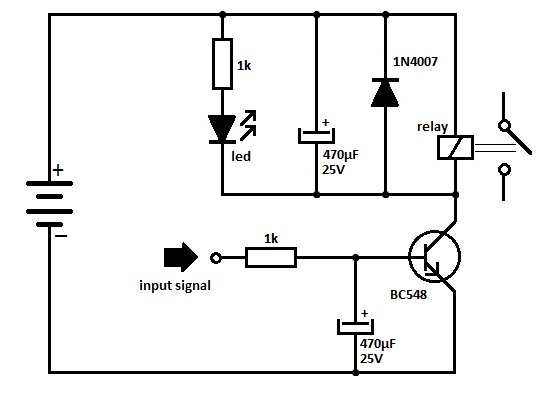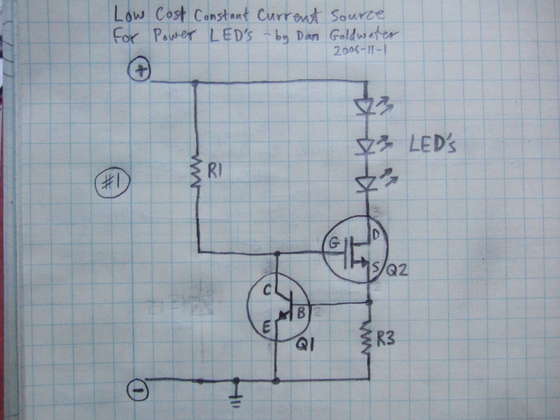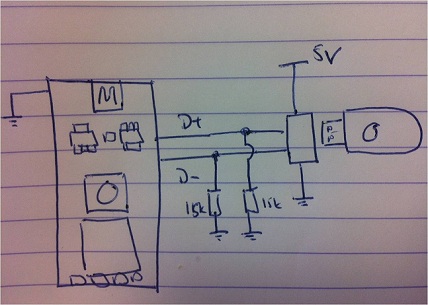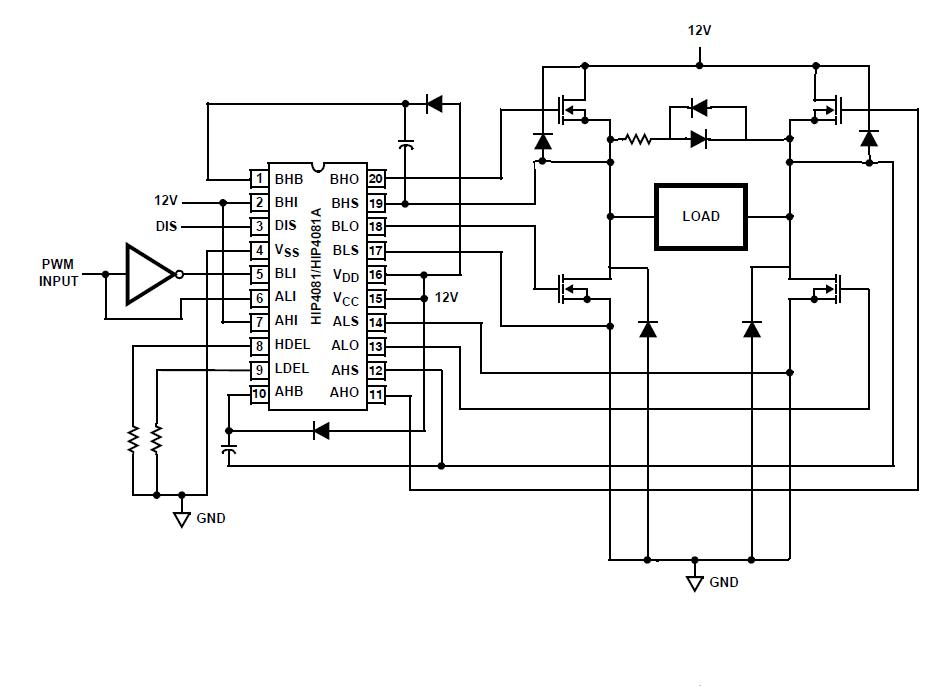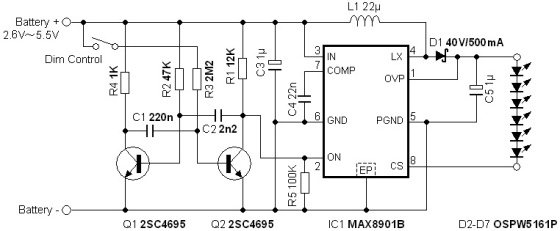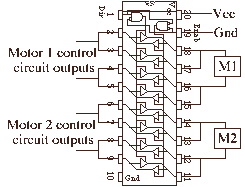
Advanced 1-Wire Network Driver
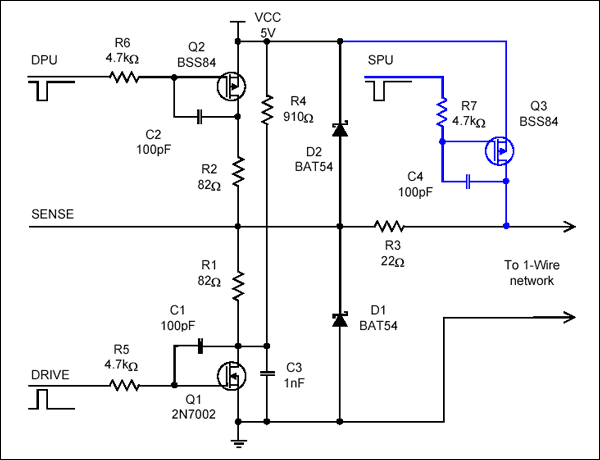
Schematic and operation of a microcontroller-based driver circuit for large 1-Wire networks; includes software flowcharts and scope traces.
The schematic details a microcontroller-driven circuit designed to manage extensive 1-Wire networks, which are commonly used for communication and control in various electronic applications. The circuit is engineered to facilitate the connection of multiple 1-Wire devices, enabling them to communicate with a central microcontroller.
The design typically includes a microcontroller unit (MCU) that acts as the primary control hub. This MCU interfaces with the 1-Wire bus, which allows for the connection of numerous 1-Wire devices, such as temperature sensors, memory chips, and other peripherals. The circuit may utilize pull-up resistors on the 1-Wire line to ensure proper signal integrity, as the 1-Wire protocol relies on a single wire for both power and data transmission.
The operation of the circuit is governed by a series of software flowcharts that outline the logic and sequence of operations the microcontroller follows when communicating with the 1-Wire devices. These flowcharts provide a visual representation of the program structure, including initialization routines, data reading and writing processes, and error handling mechanisms.
Additionally, the schematic may include scope traces that illustrate the timing and voltage levels of signals on the 1-Wire bus during operation. These traces are essential for debugging and optimizing the circuit's performance, ensuring that the timing requirements of the 1-Wire protocol are met.
Overall, this microcontroller-based driver circuit is a crucial component for effectively managing large-scale 1-Wire networks, providing the necessary infrastructure for robust communication and control in a variety of applications.Schematic and operation of a microcontroller-based driver circuit for large 1-Wire networks; includes software flowcharts and scope traces.. 🔗 External reference
The schematic details a microcontroller-driven circuit designed to manage extensive 1-Wire networks, which are commonly used for communication and control in various electronic applications. The circuit is engineered to facilitate the connection of multiple 1-Wire devices, enabling them to communicate with a central microcontroller.
The design typically includes a microcontroller unit (MCU) that acts as the primary control hub. This MCU interfaces with the 1-Wire bus, which allows for the connection of numerous 1-Wire devices, such as temperature sensors, memory chips, and other peripherals. The circuit may utilize pull-up resistors on the 1-Wire line to ensure proper signal integrity, as the 1-Wire protocol relies on a single wire for both power and data transmission.
The operation of the circuit is governed by a series of software flowcharts that outline the logic and sequence of operations the microcontroller follows when communicating with the 1-Wire devices. These flowcharts provide a visual representation of the program structure, including initialization routines, data reading and writing processes, and error handling mechanisms.
Additionally, the schematic may include scope traces that illustrate the timing and voltage levels of signals on the 1-Wire bus during operation. These traces are essential for debugging and optimizing the circuit's performance, ensuring that the timing requirements of the 1-Wire protocol are met.
Overall, this microcontroller-based driver circuit is a crucial component for effectively managing large-scale 1-Wire networks, providing the necessary infrastructure for robust communication and control in a variety of applications.Schematic and operation of a microcontroller-based driver circuit for large 1-Wire networks; includes software flowcharts and scope traces.. 🔗 External reference
